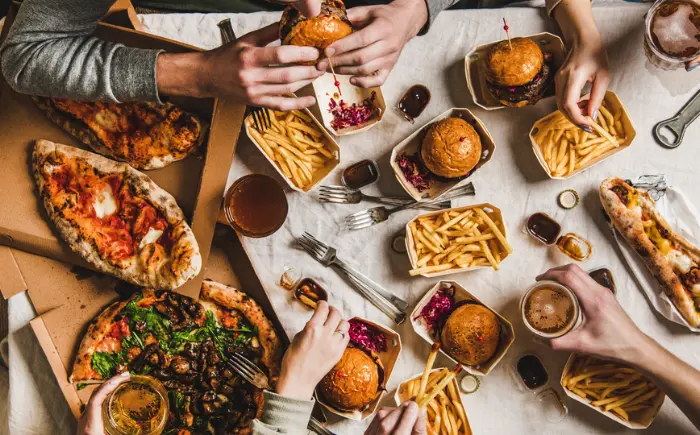

Welcome to Mad4Travel, the go-to source for all your travel adventures! Whether you're an intrepid explorer, a leisure traveler, or a wanderer at heart, we've got you covered with the most thrilling and unforgettable travel experiences.
© MAD4TRAVEL. All Rights Reserved.